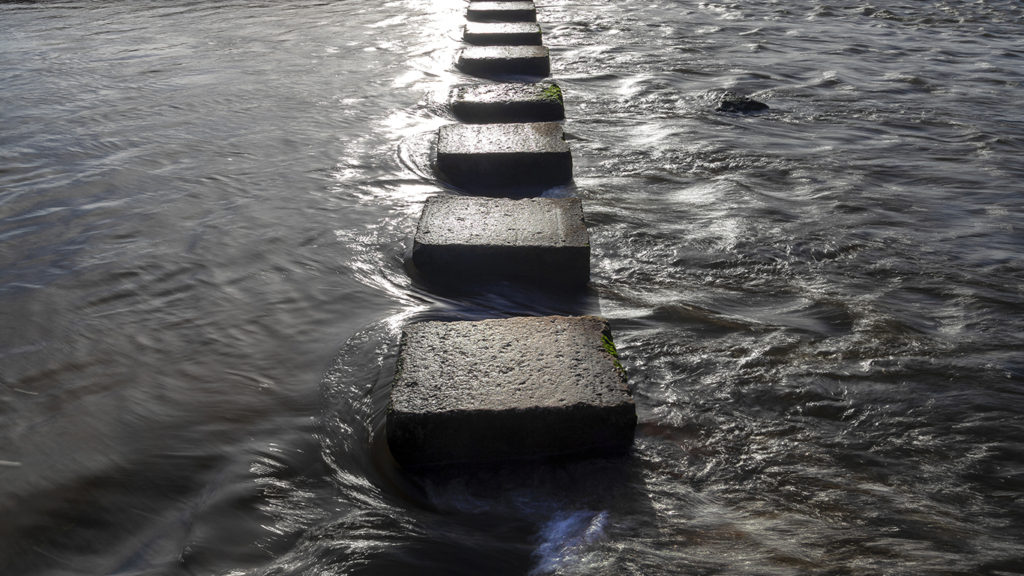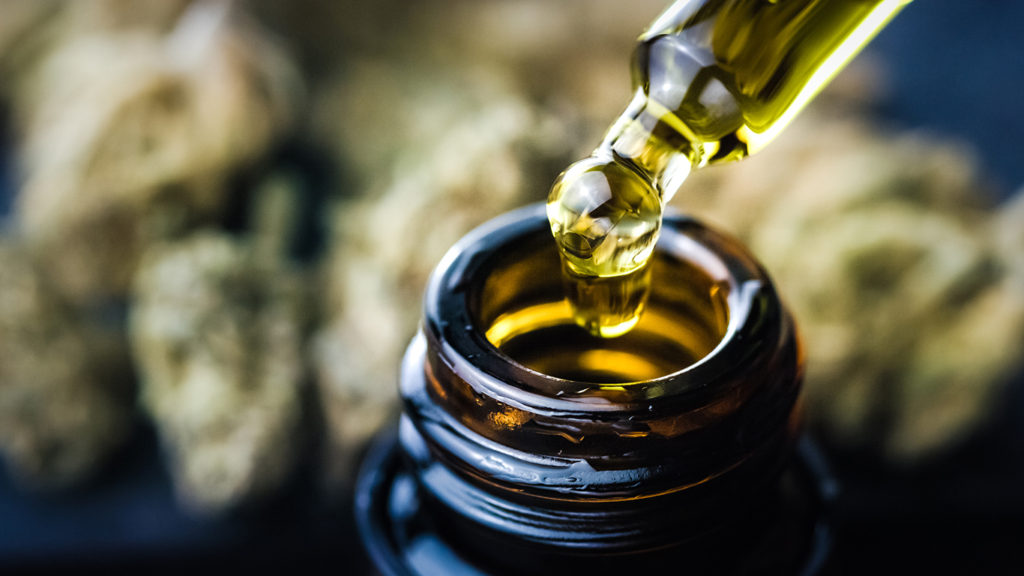
When I was about 10 years old, my parents “shipped me off” to spend a week at my grandparents home in Topping, Virginia, a small town close to the Chesapeake Bay and about an hour southeast of Richmond. They lived in an old home without air conditioning on a small farm where my grandfather worked tirelessly to grow his fruits and vegetables and my grandmother spent what seemed like countless hours in the kitchen cooking, cleaning and canning. My job for that week was simple: pull weeds, and when I was done—or thought I was done—pull some more. By the end of the first hour, I despised weeds. I didn’t learn a lot about farming that week, but I did learn that growing what you eat takes a lot more work than I would have ever imagined.
Skip ahead 40+ years and I find myself on the farm again, re-living the same lesson I learned as a child: farming isn’t a walk in the park; nor is it for the feint of heart. Ever since approaching Kyle almost 2 years ago and asking if he would be interested in partnering with me to grow hemp for CBD oil, I have been amazed and inspired by how hard he works. And the best part? He loves doing it.
Farming is a 24x7x365 kind of gig. I know that might sound obvious but not a day goes by that Kyle isn’t all in. From sunrise to sunset, Kyle pours his heart and soul into growing crops that could just as easily be wiped out by the elements as they could end up on your kitchen table.
In our hemp business, not only does Kyle have to overcome all of those same uncontrollable elements he faces with his food crops but he has to grow a crop that will pass “The Test” performed by the NC Department of Agriculture Industrial Hemp Commission before we are allowed to harvest the hemp.
And what’s the difference between passing and failing “The Test” you ask? .1%
That’s right. One-tenth of 1% is the difference between Kyle being able to harvest the crop he’s been nurturing through the elements for 4 months or burning it to the ground, as Sarah Kelley of Greenwood, Wisconsin recently learned. As reported in Hemp Grower magazine’s July/August 2020 edition, an acre of Sarah’s 2019 hemp crop tested “hot” which means above the [federal] legal tetrahydrocannabinol (THC) limit of 0.3%. Although it contained 0.4% THC—just 0.1% above the legal limit—she had to burn the entire acre suffering an estimated loss of $20,000.
For comparison purposes, the average marijuana plant might contain 15, 20 or even 25% THC so the difference between .3% and .4% was/is de minimis when compared to your typical marijuana plant. What’s even worse is that tenth of one percent could have been solely attributable to a couple dry, hot days preceding testing or the arrival of the field agent in week 6 or 7 of flowering instead of week 4 or 5.
Even though everything we’ve planted hasn’t survived the elements, Kyle and I have been blessed that all of our hemp has passed “The Test.” We have just planted our fall crop and it will be tested in September in anticipation of an early-to-mid October harvest. Follow our progress by keeping up with our mascot Mabel as she grows to maturity.
And if my grandpa was still around, I’m sure he’d be shocked to hear I’m now planting weeds instead of pulling them…





